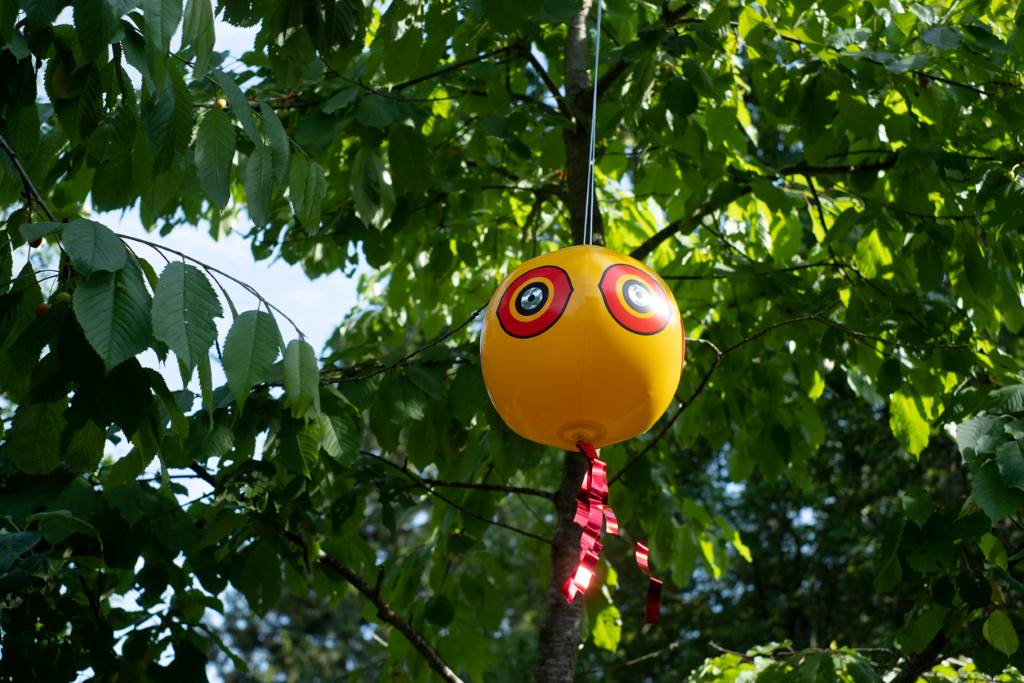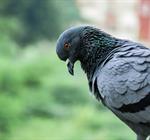
25 Feb 2024 | Apex Environmental Services (UK) Ltd
Alternatives to Poison: Humane Methods for Bird Control
When you're faced with the challenge of managing unwelcome birds on your property, it's important to approach the situation with both effectiveness and empathy in mind. Birds, after all, play a significant role in our ecosystems, contributing to tasks like pest control and pollination - and they’re even protected under UK preservation laws.
However, in urban and suburban settings, birds can also pose safety problems, ranging from noise nuisances to genuine health hazards. This brings us to the pressing question: how can you keep your surroundings bird-free without resorting to harsh measures like poison? Let’s take a look.
Understanding Bird Control
Common Issues with Birds
Birds can be delightful to watch, but when they decide to roost or nest in areas where their presence becomes a problem, the charm quickly fades. From the noise and mess created by their droppings to the potential damage to property and risks to human health, the issues are real and can be costly and lengthy to mitigate.
Why Poison Isn't the Ideal Solution
So, why can’t you use poison to deter or get rid of birds? Put simply, you’re not allowed to! In the UK, using poison (or any other lethal method) for bird control is illegal, not to mention inhumane and damaging to the natural environment. In fact, culling birds can end up having unintended consequences on the ecosystem, impacting not just the target species but other wildlife as well. Moreover, it's a temporary solution at best, failing to address the root cause of the problem and potentially leading to a cycle of harm and retaliation that benefits no one. This is why exploring humane and eco-friendly alternatives is not just a matter of ethics but of practicality and sustainability as well. So what are your options?
Eco-Friendly Alternatives
Physical Deterrents
One effective way of keeping your premises bird-free is through the use of physical deterrents; these can range from human spikes that prevent birds from landing and nesting in certain areas to quality anti-bird netting services that create a physical barrier against birds entering specific spaces. These types of measures are not only humane, but also highly effective in discouraging birds from settling in areas where they are not wanted.
Visual Deterrents

Visual deterrents can also work by tapping into birds' natural fear responses.; by using objects that move, reflect light, or mimic predators, you can create an environment that feels unsafe to potential avian intruders. These deterrents are simple to implement and can be surprisingly effective at reducing bird presence without causing them harm.
Sound and Noise Devices
Sound devices offer another humane method for bird control; these devices can emit noises that are unpleasant or alarming to birds but are usually inaudible or minimally intrusive to humans. From ultrasonic devices to those that mimic predator calls or distress signals, the right sound device can be a powerful tool in your bird control arsenal, especially in large open areas.
Natural Repellents
Aromatics
Birds have a keen sense of smell, and certain aromatic substances can be natural deterrents; this can include essential oils, spices, and specific plant extracts, all of which can repel birds without causing them harm. These natural repellents offer a way to keep birds at bay while also ensuring that your methods are eco-friendly and non-toxic.
Taste Aversion
Similar to aromatics, products that induce a taste aversion in birds can be an effective method of control. These non-toxic treatments can be applied to surfaces and materials to discourage birds from pecking or nesting and offer a humane alternative to poison, and target the problem without impacting the bird's health or well-being.
Creating Bird-Friendly Spaces
Providing Alternatives
One innovative approach to bird control is to redirect their activities rather than outright deter them; by providing alternative sites for feeding, nesting, or roosting, you can encourage birds to move away from problem areas. This strategy requires a thoughtful balance, ensuring that the alternatives are attractive to birds while not creating new problems elsewhere.
Water Features as Deterrents
Interestingly, water features can act as both attractants and deterrents for birds, depending on how they're implemented. In some cases, the presence of a water feature can draw birds away from areas where they're not wanted, effectively redirecting their behaviour.
The Bottom Line
Ultimately, there are a number of different avenues to explore when it comes to deterring birds, each with its own set of benefits and considerations. The key is to adopt a strategy that respects the natural behaviours of birds while protecting the interests of humans and property; from anti bird netting to adapting your outdoor environment, you can achieve a balance that serves the well-being of all parties involved.
If you're keen on exploring these humane alternatives further, consider visiting our page on keeping your premises bird-free for more information and guidance on maintaining a bird-free environment through respectful and effective methods.


